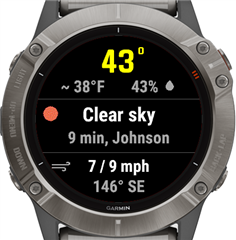I've made an overview on my website of the connect iq apps that are accompanied with source code: http://starttorun.info/connect-iq-apps-with-source-code/
This can be a great resource for starting developers to learn how certain things should be achieved.
(When you use something in your own apps be sure to give credit where credit is due and to respect the license of the open source app (usually the license is available in the root of the source code repo))
When I missed a source repo you can comment on the above post in the comments section (or you can also indicate it below with a reply in this forum thread)
Hope it helps to attract new developers to Connect IQ :)



